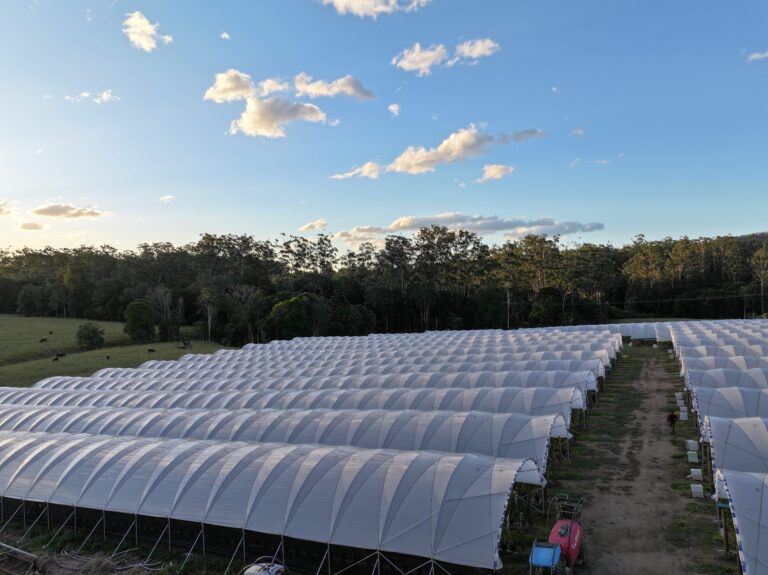Types of Greenhouse Plastic
When it comes to greenhouse plastics, there are several options to consider. Each type has its own advantages, and the best choice depends on factors like climate, budget, and the types of plants you're growing. Below are some of the most popular greenhouse plastic types:
Polyethylene Plastic Polyethylene is one of the most commonly used plastics for greenhouses due to its affordability and versatility. Available in varying thicknesses, it is known for its durability and ability to withstand extreme temperatures. Polyethylene is also UV-treated to prevent degradation from the sun, making it long-lasting, with most high-quality polyethylene plastics lasting about 3-5 years.
Polycarbonate Plastic Polycarbonate is a rigid greenhouse plastic that offers excellent insulation properties. It comes in sheets and is significantly more durable than polyethylene. Polycarbonate is resistant to impact, weather, and UV damage, making it ideal for harsher climates. It is also lightweight and allows for good light diffusion, which is beneficial for promoting even plant growth. Though more expensive, polycarbonate can last 10 years or more, offering a great return on investment.
PVC Plastic PVC is a lightweight, flexible plastic option used in some greenhouses. Although not as durable as polyethylene or polycarbonate, it is still a viable option for temporary structures or small-scale home gardening. PVC can degrade quickly under prolonged exposure to sunlight unless it's UV-treated. Therefore, it’s recommended for use in areas with milder climates or as a short-term solution.
Vinyl Plastic Vinyl plastic, although less common, is highly durable and offers good clarity, allowing sufficient light penetration for plant growth. Its lifespan is longer compared to polyethylene, but it comes with a higher price tag. It is resistant to tearing, puncturing, and weather damage, making it a great choice for gardeners who want a sturdy covering that will last for years.
Key Factors to Consider When Choosing Greenhouse Plastic
Choosing the right greenhouse plastic requires careful consideration of several factors. Here's what to keep in mind when making your selection:
UV Protection One of the most important features of greenhouse plastic is its ability to withstand UV rays. Over time, exposure to sunlight can cause plastics to degrade, losing their strength and becoming brittle. Greenhouse plastics with built-in UV inhibitors can last longer and maintain their effectiveness, ensuring your plants are protected for years.
Thickness The thickness of the plastic is a critical factor, hydroponic greenhouse as it affects durability, insulation, and light penetration. Thicker plastics generally provide better insulation, making them ideal for colder climates. A typical polyethylene plastic for greenhouses ranges between 4 and 6 mils in thickness, with 6 mils offering more durability.
Light Diffusion Light diffusion refers to how evenly the plastic spreads light throughout the greenhouse. Plastic that offers good light diffusion will prevent hot spots and promote uniform plant growth. Polycarbonate plastics, for example, are excellent at diffusing light, which helps maintain consistent light exposure for all plants.
Insulation If you live in a region with fluctuating temperatures, insulation should be a priority when choosing greenhouse plastic. Materials like polycarbonate offer better insulation than polyethylene, helping to maintain a stable internal environment and reducing heating costs during colder months.
Cost vs. Durability While polyethylene is cheaper than other materials like polycarbonate, its shorter lifespan means that it may need replacing more frequently. If you’re looking for long-term solutions, investing in a more durable plastic, like polycarbonate, could save you money in the long run despite the higher upfront cost.






Comments